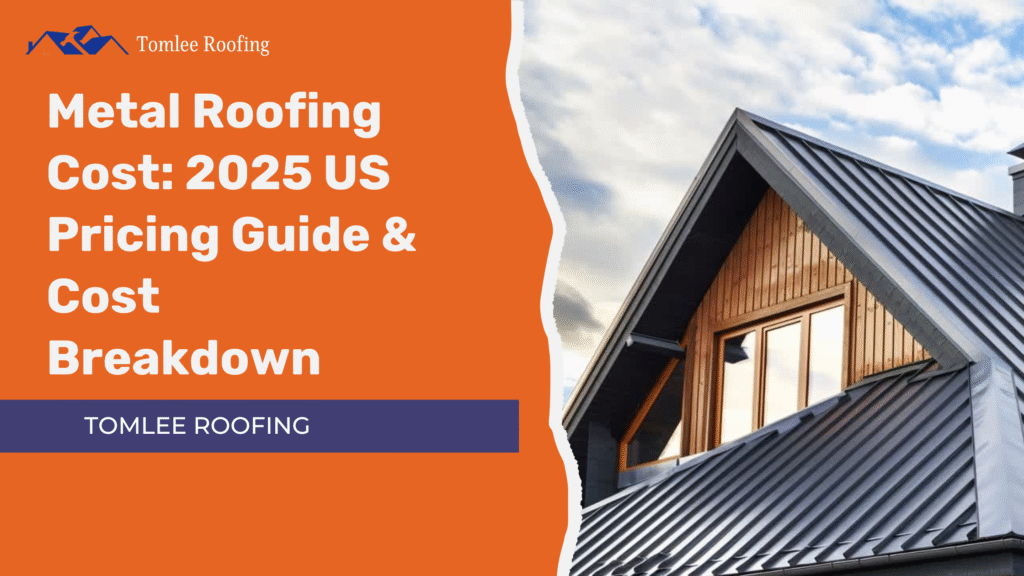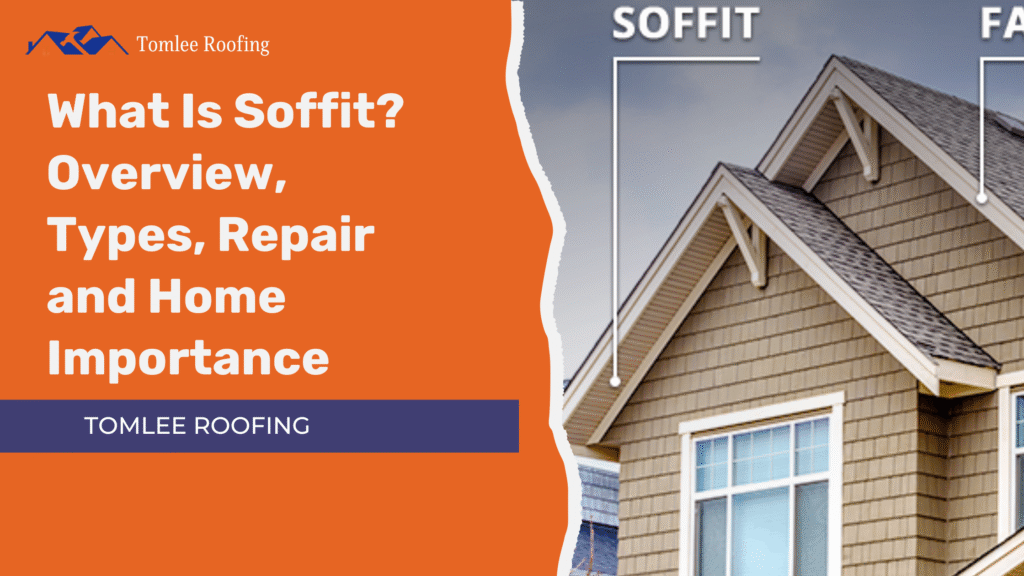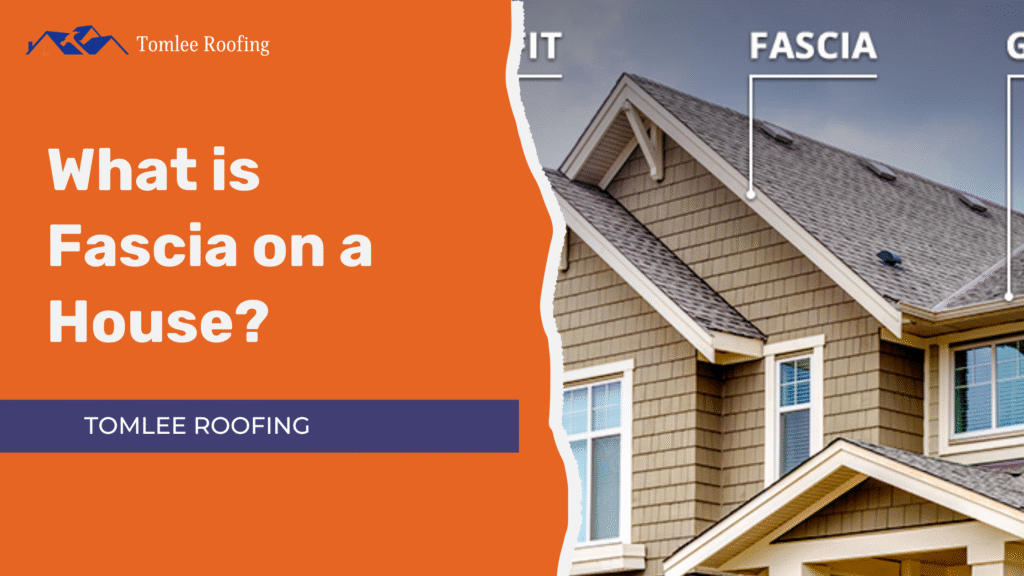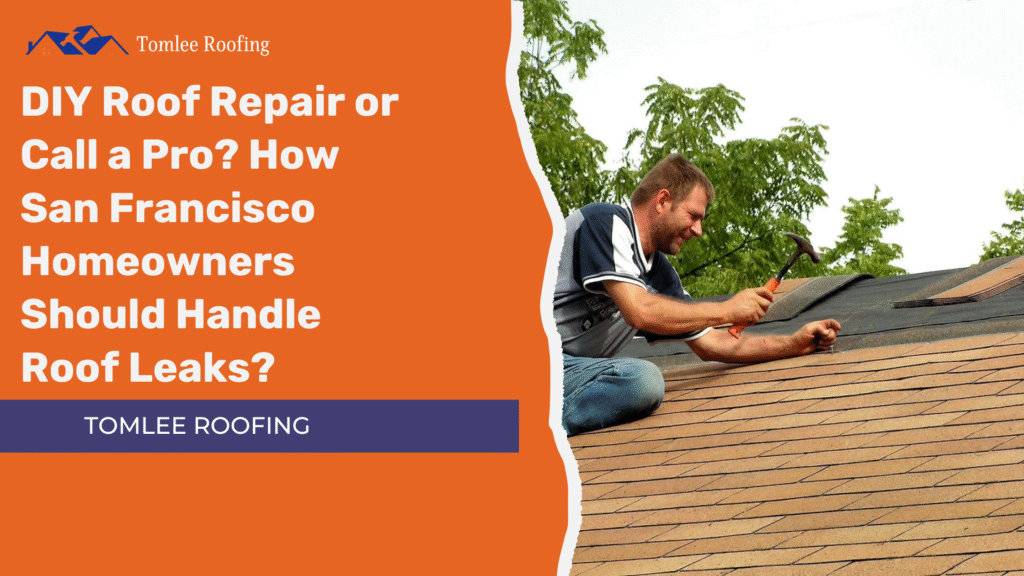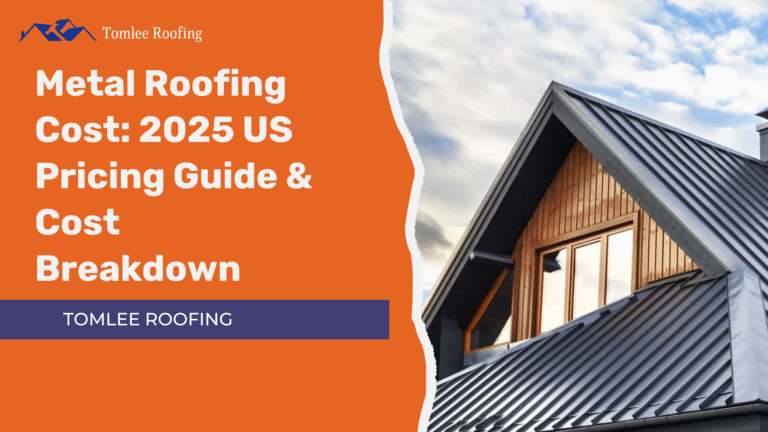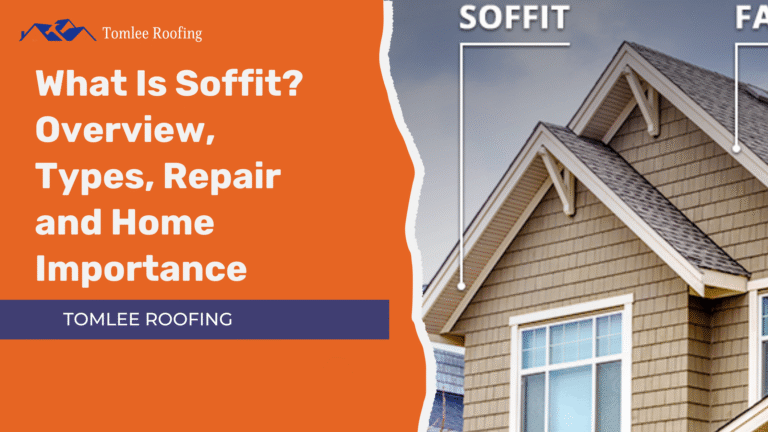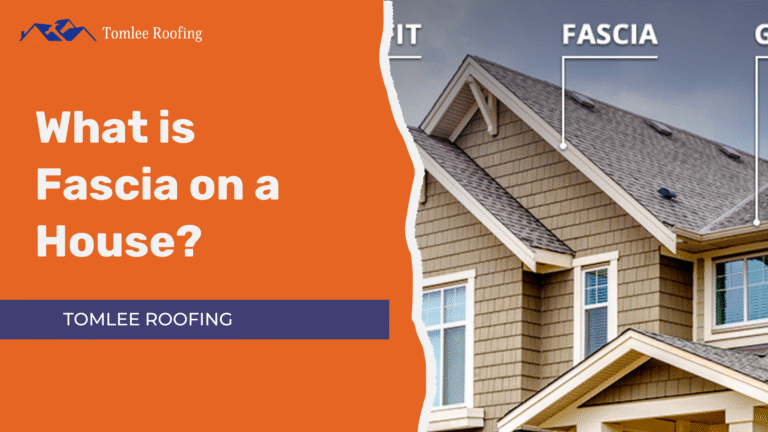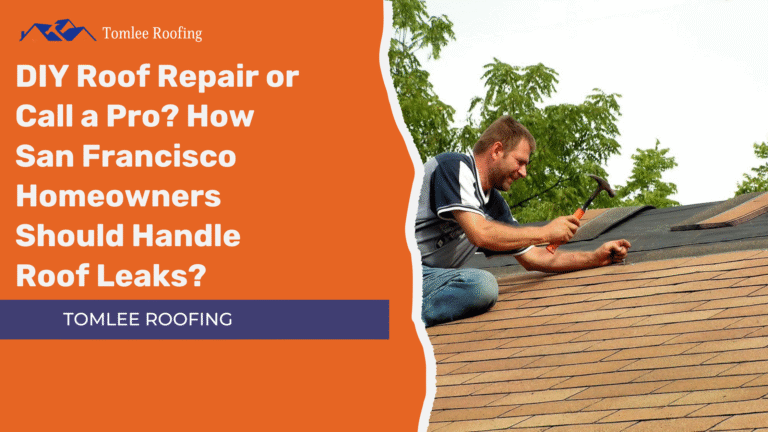San Francisco is famous for many things; among them is its fascinating foggy weather. While the fog contributes to the city’s distinct atmosphere, San Francisco’s fog & humidity can be challenging for homeowners.
Moisture, salty air, and consistent humidity can damage many types of roofing materials, whether you are building a new home or maintaining an existing roof.
Understanding how San Francisco’s fog & humidity impact your roofing materials can help you make better decisions.
San Francisco’s Fog & Humidity: Impact on Roofing Materials
San Francisco’s fog and high humidity can significantly affect roofing materials. This guide explains how common roof types, like asphalt shingles, wood shakes, metal, and clay tiles, react to constant moisture, mould, and corrosion.
It also covers ventilation, maintenance tips, and the best roofing options for foggy, humid conditions, helping homeowners protect their roofs long term.

How San Francisco’s Fog & Humidity Put Your Roof at Risk
The fog in the city of San Francisco may be a part of the city’s charm, but it is not so charming when it comes to roofing. The fog is a constant layer of tiny water droplets, not simply a misty annoyance.
Many homeowners don’t realise that this fog is made up of water droplets that linger in the air for the entire time, also on the roofs.
Even though it feels light, it sticks to everything, including the rooftop, making it ideal for prolonged exposure to moisture.
You know what?
For more than 100 days a year, the city is foggy, especially around sunset, and the Richmond neighbourhood increases the vulnerability of this city to moisture and damage. weatherspark
How Moisture Affects Common Roofing Materials

1. Asphalt Shingles
Although asphalt shingles are often used because of their reasonable prices. High humidity conditions are not the best option for them. Long-term moisture can cause:
- Curling or buckling
- Rapid growth of algae and mould
- Early loss of granules
Pro Tip:
If you’re using asphalt shingles, look for algae-resistant varieties and ensure proper attic ventilation to help moisture escape.
2. Wood Shakes and Shingles
Despite its rustic beauty, a wood roof can harbour mould, mildew, and even decay in the fog of San Francisco.
- High humidity accelerates decay
- Needs to be sealed and treated frequently
- It can attract pests when it’s wet
You know what?
Even redwood and cedar, known for natural resistance to decay, will still suffer without yearly maintenance in foggy climates.
3. Metal Roofing
Because of metal roofing’s non-porous surface, it performs well in humid regions. However, salt in the foggy air can cause corrosion if not properly coated.
- Long-lasting but needs an anti-corrosion coating
- Excellent resistance to moisture
- Long lifespan with proper maintenance
4. Clay and Concrete Tiles
Tile roofs are popular throughout California because of their aesthetics and long lifespan. They’re relatively moisture-resistant but aren’t immune to problems:
- Moss growth between tiles
- Stress on weight due to stored water
- Cracking from constant wet-dry cycles
The Role of Roof Ventilation and Insulation
Poorly ventilated spaces will cause even the greatest roofing material to collapse. Fog and humidity create internal condensation that can harm your roof from the inside out if there is no way for moisture to escape.
- Growth of mould in attic insulation
- Warped roof decking
- Loss of Energy efficiency
Maintenance: Your First Line of Defence
In a climate with a lot of fog, routine inspections and proactive maintenance are crucial. In San Francisco, failing to maintain your roof could result in:
- Leaks and water stains
- Rot in Structural wood
- Costly replacements sooner than expected
Here’s a simple maintenance checklist:
- Regular gutter cleaning prevents water from collecting
- Look for cracked or missing shingles
- Arranged professional roof inspections twice a year
- Cut down any overhanging trees that could retain moisture
Ready to Protect Your Roof from the Fog?
If you live in San Francisco or any fog-prone area, now is the time to take your roofing seriously.
Conclusion: How Do San Francisco's Fog & Humidity Affect Roofing Materials?
San Francisco’s fog and humidity aren’t just charming, they’re powerful forces that can shorten the lifespan of your roofing materials.
From moisture-sensitive asphalt shingles to mould-prone wood shakes, every roof type reacts differently to constant exposure to fog, salty air, and damp conditions.
By understanding how San Francisco’s fog & humidity affect roofing materials, you can make smarter choices, schedule timely maintenance, and protect your home for years to come.
Whether you’re replacing your roof or building a new one, let the coastal climate guide your decisions for lasting protection and peace of mind.
FAQs (Frequently Asked Questions)
1. What roofing material is best for foggy and humid climates like San Francisco?
Metal roofing, especially aluminium or galvanised steel with protective coatings, performs best in foggy climates due to its resistance to moisture, salt, and mould growth.
2. Does San Francisco’s fog damage roofing materials over time?
Yes, fog contributes to consistent surface moisture, which can lead to mould, algae, wood rot, and corrosion, especially if the roofing material isn’t designed for such conditions.
3. How often should I inspect my roof in San Francisco?
In high-humidity areas like San Francisco, you should have your roof professionally inspected at least twice a year, ideally in spring and fall, and after any heavy rain or storm.
4. Can attic ventilation help prevent fog-related roofing damage?
Absolutely. Proper ventilation prevents moisture buildup inside your roof structure, reducing the risk of rot, mould, and structural damage.
5. How can I prevent algae and moss on my roof?
Install zinc or copper strips near the roof ridge, use algae-resistant shingles, and keep your roof clean and shaded areas clear of debris.

